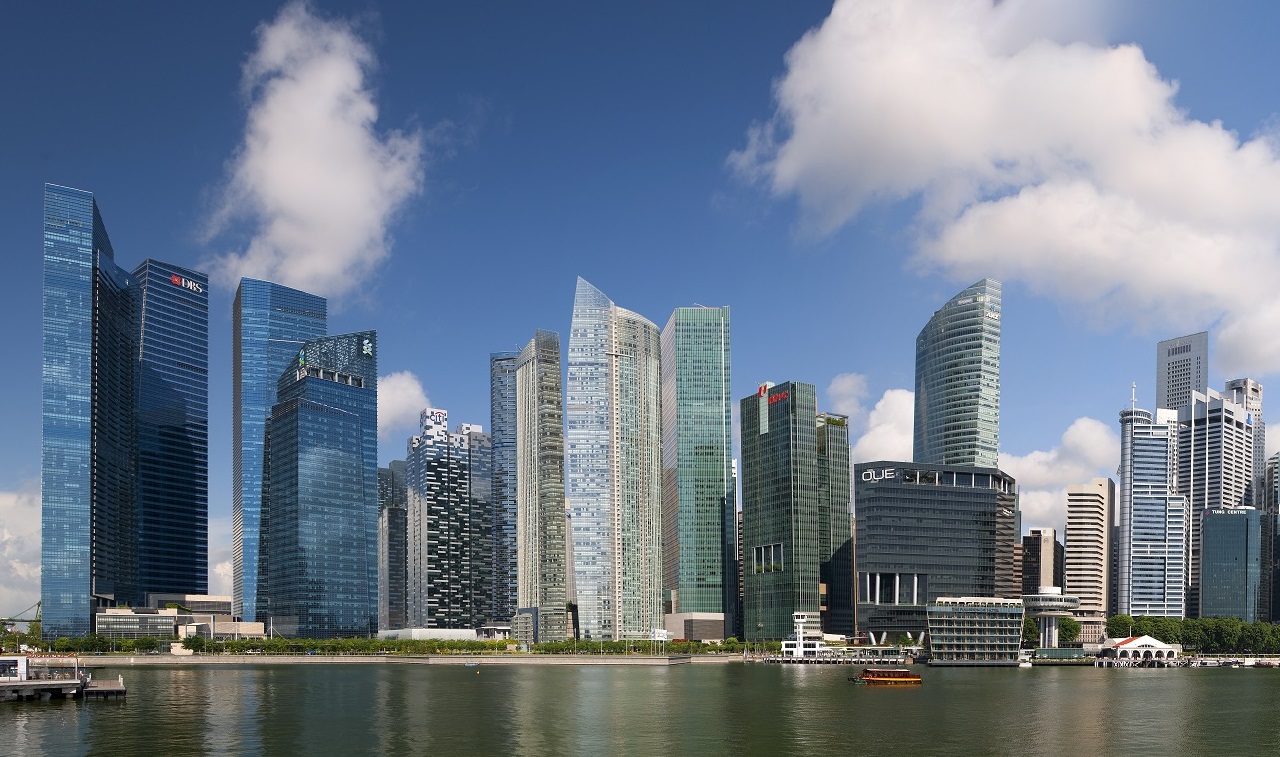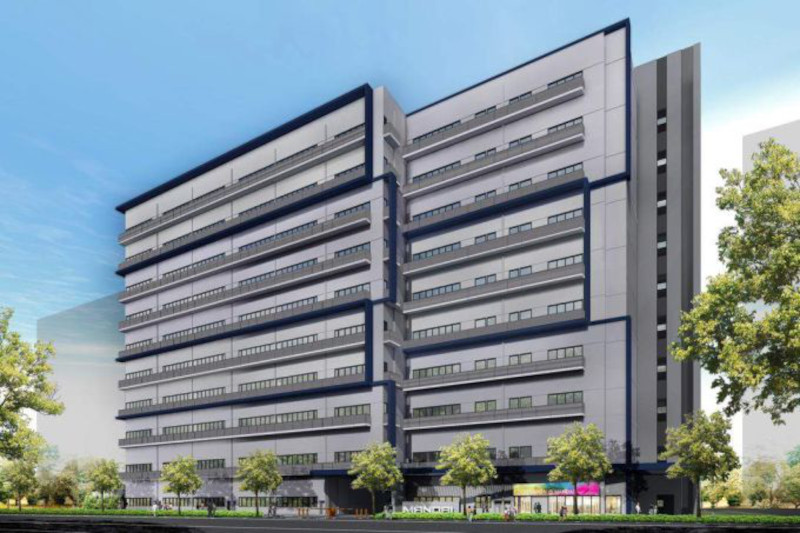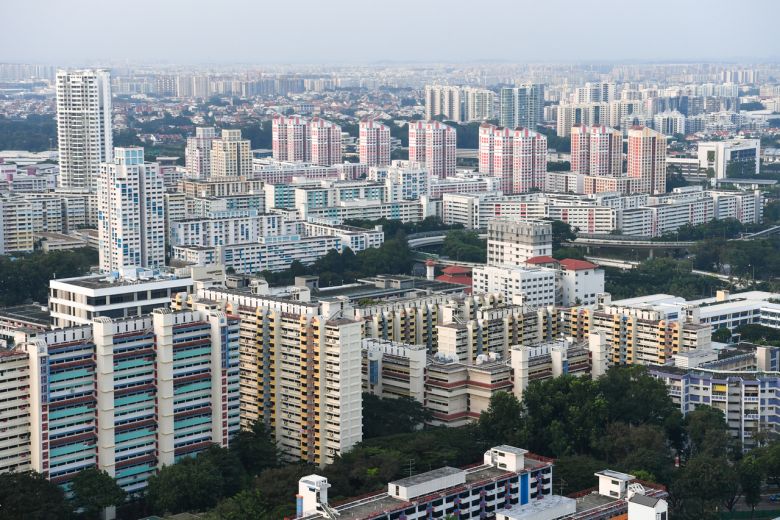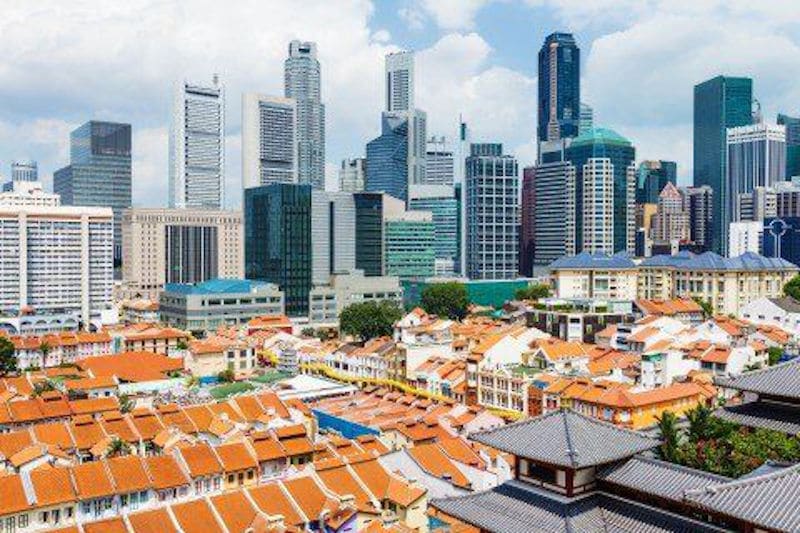In Singapore, the housing market is known for its robust regulatory framework and unique conditions, especially regarding the minimum down payment for a house. The minimum down payment varies depending on several factors, including the type of property, the buyer’s citizenship status, and the type of loan they are applying for. To understand this in detail, it’s essential to break down the various scenarios and requirements.
Types of Housing in Singapore
Singapore’s housing market is primarily divided into two categories: public housing (HDB flats) and private properties. The former are subsidized housing units provided by the Housing & Development Board (HDB) and are subject to different regulations compared to private properties.
1. HDB Flats
HDB flats are a popular choice among Singaporeans due to their affordability and the government subsidies available. The minimum down payment for these flats varies based on the type of loan the buyer is using.
- HDB Loan: If the buyer is eligible for a loan from HDB, they can finance up to 90% of the purchase price or the market valuation of the flat, whichever is lower. This means that the minimum down payment is 10%, which can be paid using cash, CPF (Central Provident Fund) savings, or a combination of both.
- Bank Loan: If the buyer opts for a bank loan, the maximum Loan-to-Value (LTV) limit is 75% for the first housing loan. This means the minimum down payment is 25%, of which at least 5% must be paid in cash, and the remaining can be covered by CPF savings or additional cash.
2. Private Properties
For private properties, which include condominiums, landed properties, and executive condominiums (ECs), the minimum down payment differs and is generally higher compared to HDB flats.
- First Home Loan (Bank Loan): For the first residential property, the LTV limit is 75%. This means a minimum down payment of 25%, with at least 5% in cash and the rest can be paid using CPF or additional cash.
- Subsequent Home Loans: For individuals purchasing their second or subsequent property, the LTV limits are lower, requiring a larger down payment. For the second loan, the LTV limit is 45%, and for the third and subsequent loans, it’s 35%.
Additional Buyer’s Stamp Duty (ABSD)
Singapore imposes the Additional Buyer’s Stamp Duty (ABSD) on top of the usual buyer’s stamp duty. The ABSD rate varies depending on the buyer’s citizenship and the number of properties they already own. This is not a part of the down payment but is an additional cost that buyers need to be prepared for.
Loan Tenure and Borrower’s Age
The maximum loan tenure in Singapore is capped at 30 years for HDB flats and 35 years for private properties. However, this tenure also depends on the borrower’s age. The loan tenure plus the age of the borrower should not exceed 65 years. A longer loan tenure will affect the LTV ratio, possibly requiring a higher down payment.
Total Debt Servicing Ratio (TDSR) Framework
Singapore’s Total Debt Servicing Ratio framework mandates that a borrower’s total monthly debt obligations should not exceed 60% of their gross monthly income. This includes the mortgage they are applying for and any other debts. This framework indirectly impacts the amount one can borrow, thus affecting the down payment required.
Impact of Credit Assessment
Banks in Singapore conduct thorough credit assessments before granting loans. A buyer’s credit score can influence the loan quantum, which in turn affects the minimum down payment. A better credit score might result in a more favorable loan quantum.
Things for Consideration when buying Singapore Property
The minimum down payment for a house in Singapore is influenced by several factors: the type of property (HDB or private), the financing option (HDB loan or bank loan), the buyer’s citizenship status, the number of properties already owned, and the individual’s financial standing.
For HDB flats, the down payment can be as low as 10% with an HDB loan, while for private properties, it generally starts at 25% with a bank loan. Additionally, buyers must consider other costs such as the ABSD and ensure their finances align with the TDSR framework.
As with any major financial decision, it is crucial for potential homebuyers to thoroughly assess their financial health, consider the long-term implications of their purchase, and seek professional advice if necessary




